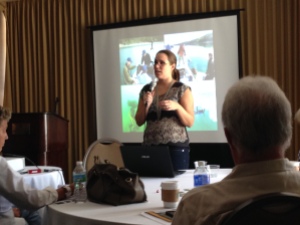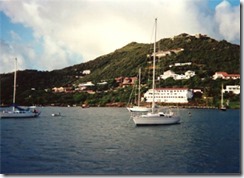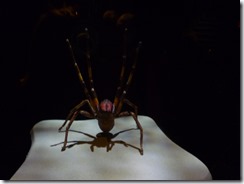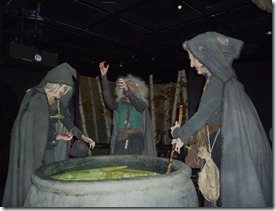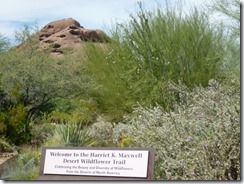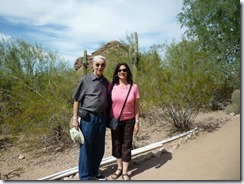Nautical archaeologist Lindsey Hall Thomas (writing as Linsey Hall) spoke at a recent meeting of Florida Romance Writers. She told us about the role of an archaeologist and how we might use this information in a novel. These notes are my interpretation and any errors are my own.
The field started with Antiquarianism in the sixteenth to nineteenth centuries in Europe. Wealthy Europeans collected artifacts to display in their curio cabinets. Later in the nineteenth century, this turned to Nationalism and treasure hunting for great museums became popular.
William Flinders Petrie was the father of archaeology. He began the study of dirt layers and pottery dating. With his methodology, the field became a scientific discipline.
Women in this field included Harriet Boyd Hawes, who directed a field project in Greece. Look at www.trowelblazers.com for more information on women in archaeology, geology, and paleontology.
The two primary types of archaeology are prehistoric or historic. These can be further divided into underwater and land archaeologists. People involved might be students, avocational hobbyists, government types, professors, private research foundation scientists or contract archaeologists who survey construction sites and often try to underbid each other for a project.
Federally funded archaeologists share their findings with the public.
When to dig depends upon several factors: weather (summer mostly); availability of labor (students and professors are out of school in the summer); money (get more funding in the summer over the winter) and research (goals or grants?).
The Job
The procedure is to choose a site, find the site, create a team, and get funding. Funding can come from the government, private donors, university grants, or documentary filmmakers, who pay for a project so they can film it. Next, you set up a base camp then begin excavating and recording.
To find a wreck, you can ask the locals. Use remote sonar sensing. Dive on the target. Drop a camera. Or use a remote-sensing magnetometer that looks for magnetic signals and picks up iron. Manned submersibles are not often used because they’re too expensive. You can deploy an Autonomous Underwater Vehicle or AUV. You can program the AUV for where you want it to go, plus add sonar and video cameras.
After discovering the site, you go home to plan. You’ll need to acquire funding, permissions and permits, and equipment.
The team consists of archaeologists (1 to 2 for an average of 14 people), volunteers, technical specialists for the sonar, photographers for documentaries and other publicity, a conservator to deal with artifacts, boat skipper, medic, dive master, and film crew.
The objectives are to fully record the construction features of the shipwreck; photograph and record all artifacts; record a film documentary. You might recover a small amount of artifacts, but then you’re responsible for taking care of them.
The depth of the shipwreck makes a difference. It will cost a lot more if you have to go deep. Diving is done from small boats because they don’t attract sharks like larger vessels.
First record and measure the shipwreck and recover artifacts. Draw a diagram or picture of the wreck using underwater paper. Take notes, photos, and sonar. Build 3-D models of the ship online. Shipwreck artifacts must stay in water for preservation purposes.
An example: They excavated a wreck in Spain eighty feet deep. They created a grid with string underwater and recorded where everything was located. Air lift bags and dredges were used to move rocks and clear sediment from the water. They took pictures. Photogrammetry can take measurement images but it is expensive technology. Air bags can help clear water of fish, sludge and seaweed. It’s used on deeper sites and harder to do than dredge. Pottery is put into mesh bags and tagged as to where it is found.
In warmer weather, they can dive two times a day with four hours in between dives. During breaks, they may sunbathe or snorkel. The boat gets crowded and messy with lots of gear. They take all artifacts to the base camp to record the measurements, weigh them and then store them in water. In the evenings, they review their notes and photos. Up to sixteen people might cram into a three bedroom house, so some folks have to sleep outside. The project director has his own room. They’ll hold barbecues, throw parties in the evenings, go to Wi-Fi cafés to use the Internet.
For every hour in the field, you spend about 9 to 10 hours of processing. You’ll create a site plan, which is a record of how the ship looked. Conserve small artifacts, like buttons. For these, you need to get the salt out and stabilize the metal. As a larger example, the speaker showed recovery of a turret from the USS Monitor submersible. It’s stored in a water tank. Archival research can shed light on discoveries. The job includes education and outreach and may involve seeking designation for the site as a historical place.
Keep in mind that air, water temperature and depth limit your dive. You can dive for only forty minutes in a dry suit in cold water. Deep diving doesn’t offer enough time to work and is too costly. The best sites for preservation are the Great Lakes, the Baltic, and the North Atlantic. Wood gets rotted from ship worm. In Florida, you can see piles of rocks that were ballast, which may be indicative of a wreck.
The Dangers
Archaeologists may run into treasure hunters who can spoil a wreck site. In contrast to these salvage types, archaeologists want the artifacts preserved in a museum. Sharks are a danger. Black water diving is muddy water and so black that you can’t see. It’s more common in slow-moving, shallow rivers. You can run into bombs underwater left over from battles. Ferry boats can be a danger, and you must coordinate your activities with them. Or you could become trapped inside a shipwreck. Thieves can be another danger. There might even be one on your team as a volunteer. The dive boat capsizing would be another danger.
Visit the Nautical Archaeological Society for more information.
Also see a book called Submerged: Adventures of America’s Most Elite Underwater Archeology Team
<><><>
Lindsey Hall Thomas is a nautical archaeologist with an MA from Texas A&M University who has worked for the National Oceanic and Atmospheric Administration and ProMare, a non-profit nautical archaeology research foundation. She’s studied shipwrecks and submerged settlement sites from Hawaii and the Yukon to the UK and Italy. In Autumn 2014, she will release (as Linsey Hall) three books in a paranormal romance series inspired by her work as an archaeologist.
